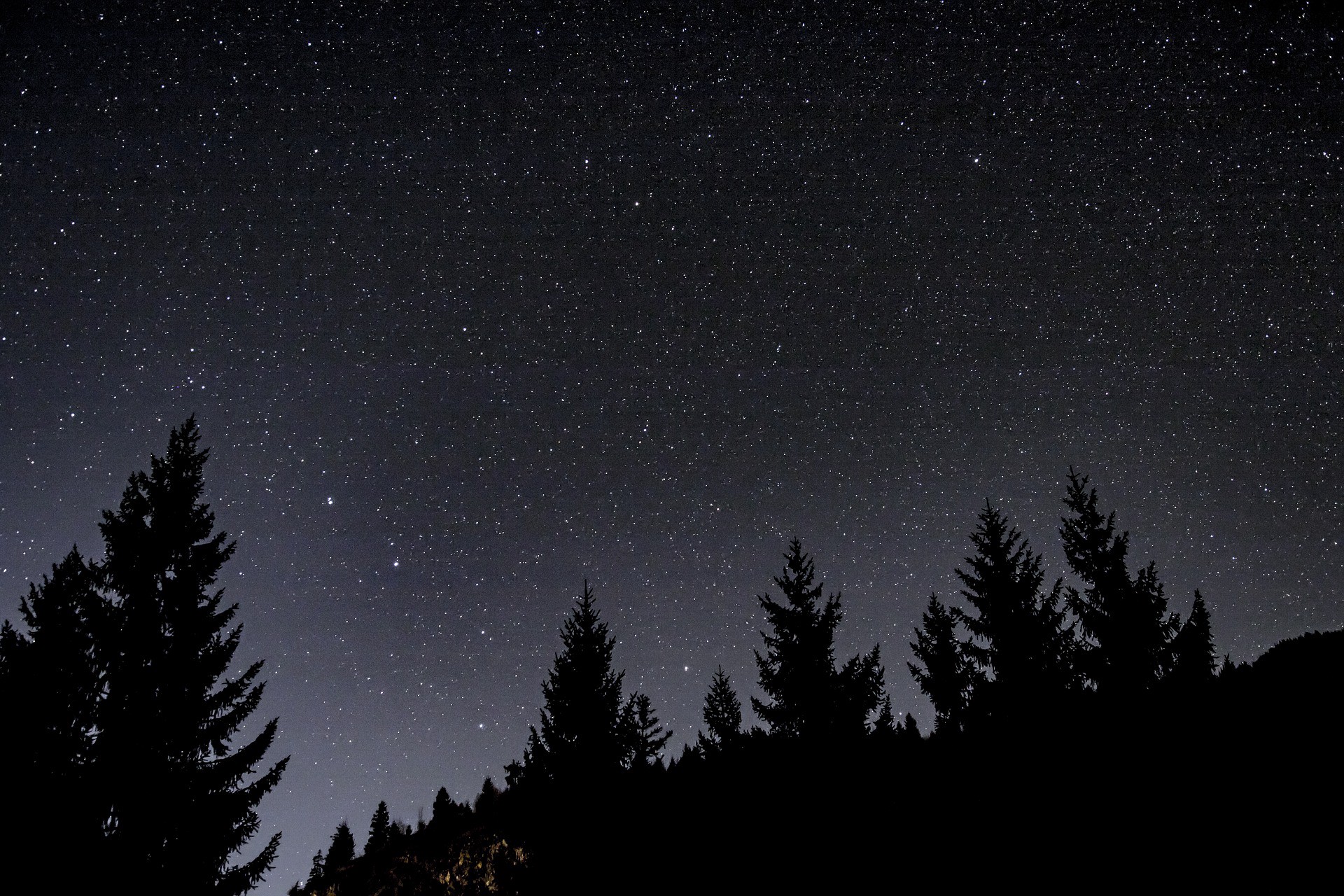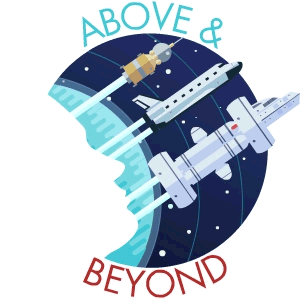

A year ago, I packed up my room in London–the city where I had lived for eight years–and watched the van containing all my possessions trundle away down the street. Five hours later, I got off the train at the village in the northwest of England which is now my home. As I walked out of the station, a heavy rucksack of last-minute forgotten items dragging at my shoulders, the view stopped me in my tracks. A dusky, barely post-summer equinox gradient of deep blue stretched upwards from the roofs towards a pricked tapestry of stars. I halted in the middle of the street and stared skywards. It had been so long since I’d seen one that I had almost forgotten what a summer night in Britain really looks like.
The brightest parts of the world are getting brighter–light pollution on the rise around the globe. Satellite data shows that between 2012 and 2016, the Earth’s artificially lit outdoor area increased by 2.2 percent a year, which researchers have partly attributed to the adoption of more energy-efficient LED lighting technology in richer countries. With constant exterior lighting for buildings, streets, parks and industrial areas now consuming far less costly energy, there is little incentive to turn off the lights, even when they aren’t required. In big urban areas like London, the light pollution has become such an expected part of life that I had stopped noticing that the sky never really stopped being light. It faded between bright blue and the darkest grey, sometimes with a sickly glow at the horizon and around the tops of the buildings. In my memory, it was rarely dark enough for many stars to show through the haze.
Light pollution has many negative consequences, some of which are only beginning to emerge as more research is done in the field. Everything from pollination to bird migration to the human sleep pattern is negatively affected by it (and the latter is also linked to higher rates of obesity, diabetes, and heart disease). There’s also the less easily quantifiable loss of what the International Dark Sky Association calls our “night sky heritage“–the slowly shifting starscape from Earth that our ancestors also looked up towards and which has inspired artists, musicians, scientists, and writers down the generations. When Van Gogh painted Starry Night in June 1889, he could see the Milky Way from Saint Rémy in France. Today, it is no longer visible there.
In the past decade, a movement promoting the protection of the night sky has grown up in some parts of the world. The U.K. now has “dark sky reserves” in some of its national parks, and greater awareness of the links between too much light and poor sleeping patterns is leading to some areas dimming street lamps when possible. Areas with little light pollution, like the Shetland Islands in northern Scotland or Snowdonia in Wales, have started using their darkness as a way of attracting tourists that want to be able to see the stars again, just as places like northern Norway and Iceland have long marketed themselves with possibility of gaining a glimpse of the northern lights there.
Yet in some parts of the world, a lack of light is still linked to thwarted growth and progress. A recent study by economists Praveen Chakravarty and Vivek Dehejia found that satellite images showing the distribution of light across India are an excellent tool for tracking the spread of inequality around the country. They found that 90 percent of all the districts studied were on average a third as bright as the economically advanced urban areas like Mumbai and Bangalore. This disparity has worsened over the past two decades, and by looking at historic images Chakravarty and Dehejia were able to show that the gap between rich and poor areas has widened even as India’s economy as a whole has boomed. In this context, the darkness denotes a lack of economic activity, and likely lower living standards for people in those areas.
Today, the kind of darkness that also comes with safety and prosperity is a luxury that not everyone on this planet has access to. It should be valued and protected wherever possible–and spread far and wide, as technology allows us to smarten up our cities and extinguish the lights when they aren’t necessary. Anyone who has ever tried stargazing, even for a few minutes, knows that there is a very particular kind of feeling you get when looking out beyond the bounds of our own terrestrial environment. It suffuses you with a sense of possibility and a hope for something better to come. It would be a shame to blot that out for good just because we can’t bear to switch the lights off.


How We Get To Next was a magazine that explored the future of science, technology, and culture from 2014 to 2019. This article is part of our Above & Beyond section, which looks at our understanding of the universe beyond Earth. Click the logo to read more.
